Discover the heart and soul of Mexican cuisine with the beloved dish known as mole. Renowned for its rich history and complex flavors, authentic mole is more than just a sauce—it’s a cultural treasure that defines the essence of Mexican cooking. Whether you’re a seasoned chef or a culinary enthusiast, crafting an authentic mole from scratch offers a rewarding journey into the vibrant world of Mexican gastronomy. From its origins in pre-Columbian times to its evolution across regions, mole has become a symbol of tradition and creativity. In this article, we delve into the secrets behind creating a perfect mole, exploring its various types, and uncovering the ingredients that make each recipe unique. Get ready to embark on a flavorful adventure that celebrates the artistry of mole and its central role in Mexican culture.
Key Takeaways
- Diverse Varieties: Mexican mole offers a wide range of types, each reflecting regional flavors and ingredients.
- Unique Blend: Mole is a complex sauce typically made with chocolate, chili peppers, and spices, defining its rich taste.
- Famous Mole: Mole Poblano stands out as the most iconic and versatile type, loved for its smooth, slightly sweet profile.
- Chocolate Inclusion: Many traditional moles feature chocolate, adding depth and richness.
- Regional Flavors: Mole recipes vary by region, influencing their taste and suitability for different dishes.
- Versatile Sauce: Mole serves as a flavorful addition to various meats and can be explored through authentic recipes.
- Cultural Richness: From historical roots to modern adaptations, mole is a cornerstone of Mexican culinary traditions.
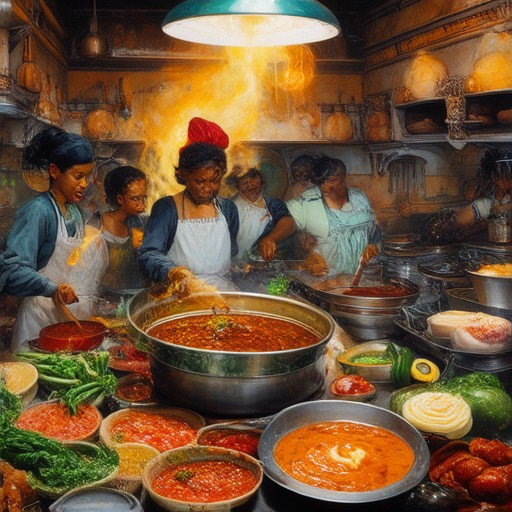
How is Authentic Mole Made?
Authentic mole is a rich, complex sauce originating from Mexico, traditionally served with dishes like chicken, pork, or eggs. Here’s a step-by-step guide to crafting authentic mole:
- Ingredients: Mole paste (a mixture of dried chiles, nuts, seeds, and spices), tomatoes, onions, garlic, oil, water or broth, and optional toppings like cheese or cream.
- Tools: Blender, pot, wooden spoon, and heatproof container.
- Start by roasting dried chiles, nuts, and seeds in a dry pan until fragrant. Grind these ingredients into a fine powder using a blender or spice grinder.
- Mix the mole paste with tomatoes, onions, and garlic in a blender until smooth. Add oil and blend until incorporated.
- Heat a large pot over medium heat and pour the mole paste mixture into the pot. Stir constantly for about 10 minutes to thicken the sauce.
- Add water or broth to the pot and simmer for 30 minutes, stirring occasionally to prevent burning. Adjust seasoning with salt and pepper to taste.
- Once the mole has reduced and thickened, remove it from the heat and let it cool slightly. Serve warm over your favorite protein dish.
For the best experience, pair your mole with authentic Mexican dishes like panito or tortillas. Explore more mole recipes and authentic ingredients to elevate your cooking.
Traditional Food in Mexico: Mole
Mole is widely regarded as the national dish of Mexico, representing a rich cultural heritage and intricate culinary tradition. This aromatic sauce is made with a blend of chilies, spices, and other ingredients, creating a complex flavor profile that pairs perfectly with various proteins like chicken, pork, and beef.
Key Ingredients:
- Chilies : The foundation of mole, with different varieties contributing distinct heat levels and flavors.
- Tomatoes : Add acidity and depth to the sauce.
- Onions and Garlic : Enhance the aromatic quality.
- Cumin, Oregano, and Cloves : Provide a warm, earthy note.
- Nutmeg and Cocoa : Add a subtle sweetness and depth.
- Almonds and Sesame Seeds : Offer texture and additional layers of flavor.
Types of Mole:
- Mole Rojo (Red Mole): Spicy and robust, featuring red chilies as the primary ingredient.
- Mole Verde (Green Mole): Less spicy with a fresher taste, typically made with tomatillos and cilantro.
- Mole Blanco (White Mole): A lighter version with a focus on tangy flavors.
How to Prepare Mole:
- Sauté onions and garlic : Begin by sautéing these foundational ingredients in oil.
- Add chilies and spices : Incorporate chili peppers, cumin, oregano, and cloves to build the base flavor.
- Incorporate tomatoes : Add tomatoes or tomato paste to create a thick, hearty sauce.
- Mix in nuts and seeds : Toast almonds and sesame seeds, then crush them to enhance texture.
- Finish with chocolate and cocoa : Stir in unsweetened cocoa powder for a unique depth.
- Simmer and thicken : Let the mixture simmer until it reaches the desired consistency.
Variations and Tips:
- Vegetarian Option : Substitute meat with beans or vegetables for a plant-based twist.
- Optional Add-ins : Include raisins, dried fruits, or additional spices for added complexity.
- Serve with Side Dishes : Pair mole with rice, tortillas, or refried beans for a complete meal.
By mastering the art of preparing mole, you can elevate your Mexican cuisine and bring the rich flavors of Mexico to your table. Explore the versatility of mole by experimenting with different meats and sides to discover its endless possibilities.
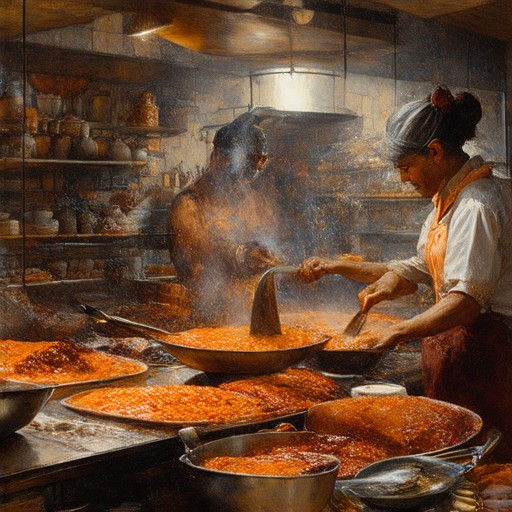
Primary Ingredient in Traditional Mexican Mole Sauce
The primary ingredients in a traditional Mexican mole sauce include dried chilies and chocolate. Dried chilies, such as ancho and guajillo, provide the foundation for the sauce’s depth and heat. Chocolate, whether in the form of cocoa powder or unsweetened chocolate, adds a rich, velvety texture and subtle sweetness that balance the spice. Together, these ingredients create the signature flavor and color of mole sauce, making both essential elements.
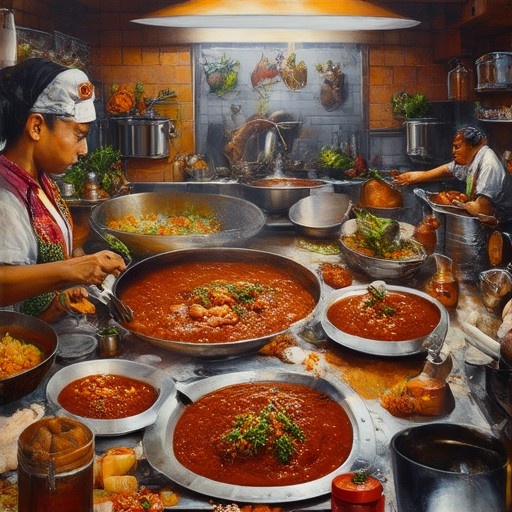
Are There Different Types of Mexican Moles?
Yes, there are indeed numerous varieties of mole, each with unique flavors, textures, and origins. Mexico’s rich culinary heritage has given rise to a diverse array of mole sauces, reflecting the country’s regional differences and ingredient availability.
What Makes Mexican Mole Unique?
Mexican mole is more than just a sauce—it’s a complex blend of flavors that often includes chocolate, chili peppers, tomatoes, onions, nuts, seeds, and spices. The preparation varies widely across regions, leading to a vast array of options for enthusiasts looking to explore the depths of this iconic dish.
Common Types of Mexican Mole
- Oaxacan Mole: Known for its rich, complex flavor profile, Oaxacan mole typically includes chocolate, pasilla chilies, and various spices. It’s often served with dishes like carnitas or tlayudas.
- Veracruz Mole: Originating from the Gulf coast, this mole features a lighter, sweeter taste due to its use of dried shrimp and achiote seeds. It pairs well with seafood and rice dishes.
- Puebla Mole: Characterized by its smoky flavor and use of ancho chilies, Puebla mole is a favorite in central Mexico. It’s often served with turkey or chicken dishes.
- Yucateco Mole: From the Yucatan Peninsula, this mole incorporates bark mulch (called “achiote”) and is known for its slightly bitter taste. It’s commonly paired with pork or fish dishes.
- Chilango Mole: A simpler version of mole, Chilango is often prepared with just tomatoes, onions, and a base of either chicken or pork broth. It’s a popular choice for everyday meals.
- Tapatío Mole: Named after a famous hot sauce brand, Tapatío mole is a spicier option that often includes guajillo chilies and is used as a dipping sauce for dishes like tacos and tortillas.
- Guerrero Mole: Known for its intense heat, Guerrero mole typically uses habanero peppers and is served with grilled meats or fish.
- Michoacán Mole: This mole is known for its thick consistency and earthy flavor, often incorporating wild mushrooms and squash. It’s a popular choice for special occasions.
Ingredients and Serving Suggestions
Mexican mole recipes often vary in their ingredients, but they all share a common theme of complexity and layers of flavor. Traditional mole is usually served as a sauce for meat dishes, such as chicken, pork, or turkey, and is often accompanied by rice, beans, and tortillas.
For those looking to explore the world of Mexican mole, Panito Mole offers a wealth of resources and recipes to help you master this beloved dish. Check out our mole recipe collection for inspiration and learn how to prepare these unique varieties yourself.
Additionally, if you’re curious about the history and cultural significance of mole, visit our history page to delve deeper into this iconic Mexican tradition.
What is the Most Famous Mole?
The most famous mole is mole poblano , originating from the city of Puebla in Mexico. Known for its rich, complex flavors, mole poblano is widely regarded as the gold standard for mole sauce. While there are countless variations, mole poblano remains the most iconic and versatile.
Types of Mole
Here are some of the most popular types of mole:
- Mole Poblano
- A classic mole made with a blend of spices, chocolate, tomatoes, and nuts. It’s smooth and slightly sweet, making it perfect for pairing with meats like chicken, pork, and turkey.
- Mole Negro
- A darker version of mole that includes cocoa powder or dark chocolate, giving it a richer, almost truffle-like flavor. It’s often served with duck or game meats.
- Mole Rojo
- A spicy mole that gets its color from dried chili peppers. It’s bold and pairs well with grilled meats and fish.
- Mole Verde
- A lighter, brighter mole made with tomatillos, herbs, and cheese. It’s tangy and often served with chicken or seafood.
Explore Mole Recipes
For those looking to dive deeper into the world of moles, Panito Mole is a fantastic resource. Their website offers a variety of authentic mole recipes and cooking tips to help you master this traditional dish. Whether you’re a seasoned chef or a home cook, Panito Mole has something for everyone.
Don’t miss the chance to explore their extensive collection of Mexican-inspired dishes and learn about the cultural significance of mole in Mexican cuisine.
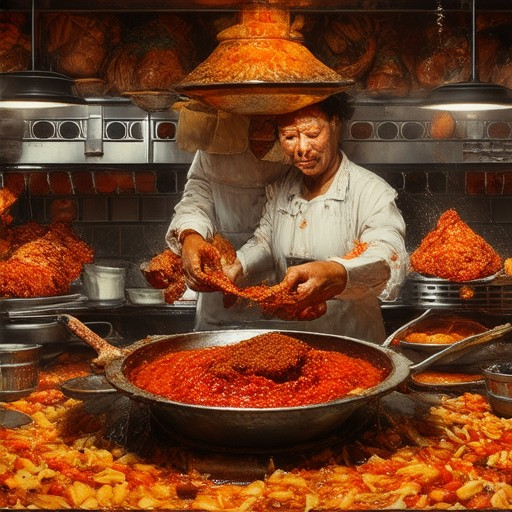
Does All Mexican Mole Have Chocolate?
Not all Mexican moles contain chocolate, though many traditional recipes do. The presence of chocolate varies depending on the type of mole and its regional origins.
Common Types of Mole
- Mole Poblano : A rich, dark sauce made with chocolate, onions, garlic, and various spices.
- Mole Rojo : A spicier version without chocolate, typically made with red peppers and tomatoes.
- Mole Negro : Another variation without chocolate, often using black beans and coffee.
- Mole Verde : A lighter, herby version without chocolate, incorporating tomatillos and herbs.
Chocolate vs. No Chocolate Moles
- Mole sauces that include chocolate tend to be sweeter and richer, often found in central Mexico.
- Mole sauces without chocolate are more common in northern Mexico and are generally tangier and spicier.
Regional Variations
- In some regions, moles are prepared without chocolate due to dietary preferences or ingredient availability.
- The absence of chocolate allows for a brighter, more acidic flavor profile, which complements certain dishes beautifully.
Conclusion
Mexican mole sauce is a versatile ingredient with a wide variety of recipes. While many traditional moles include chocolate, there are equally delicious versions without it, each offering unique flavor profiles and cultural influences.

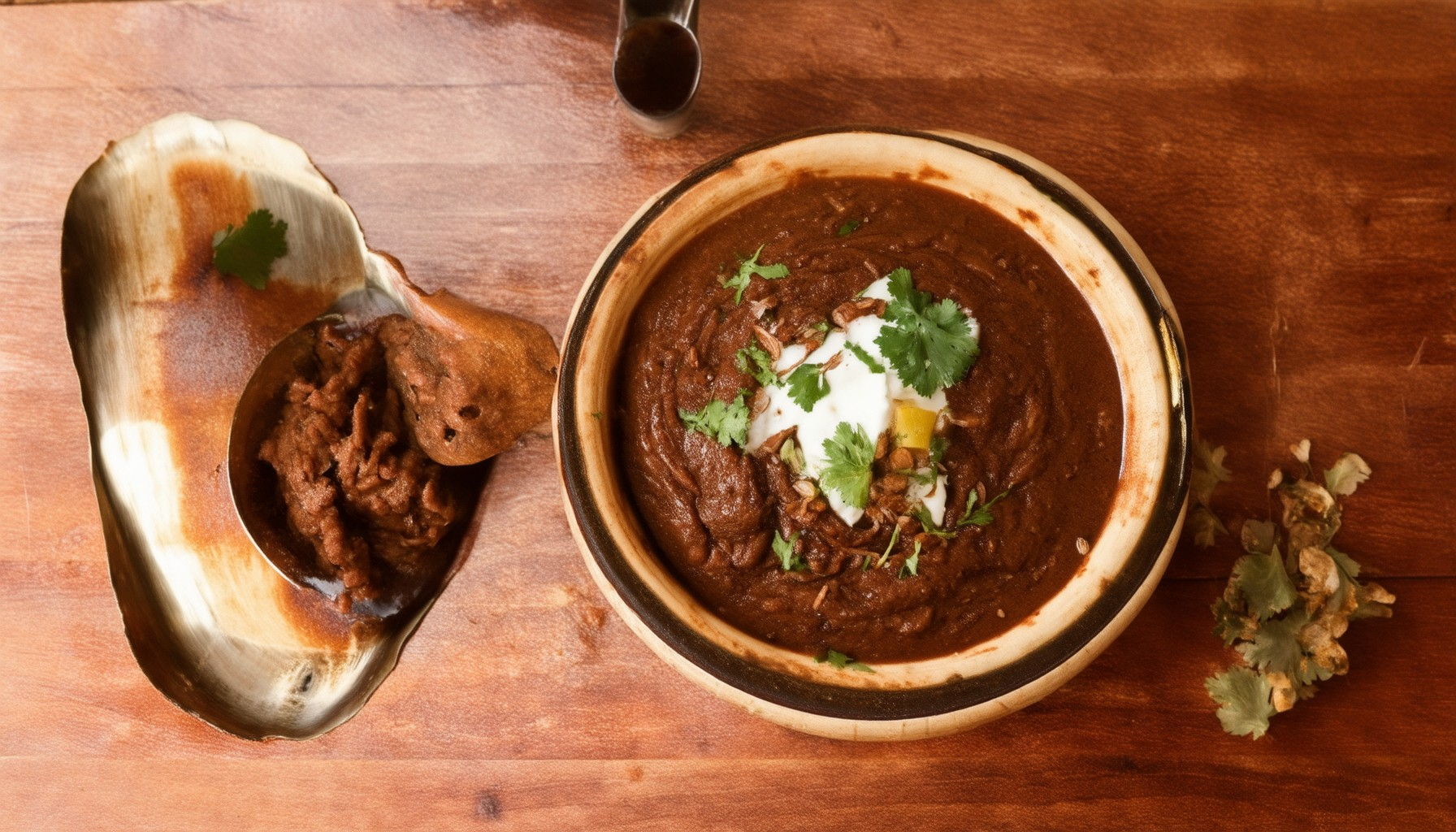



0 Comments